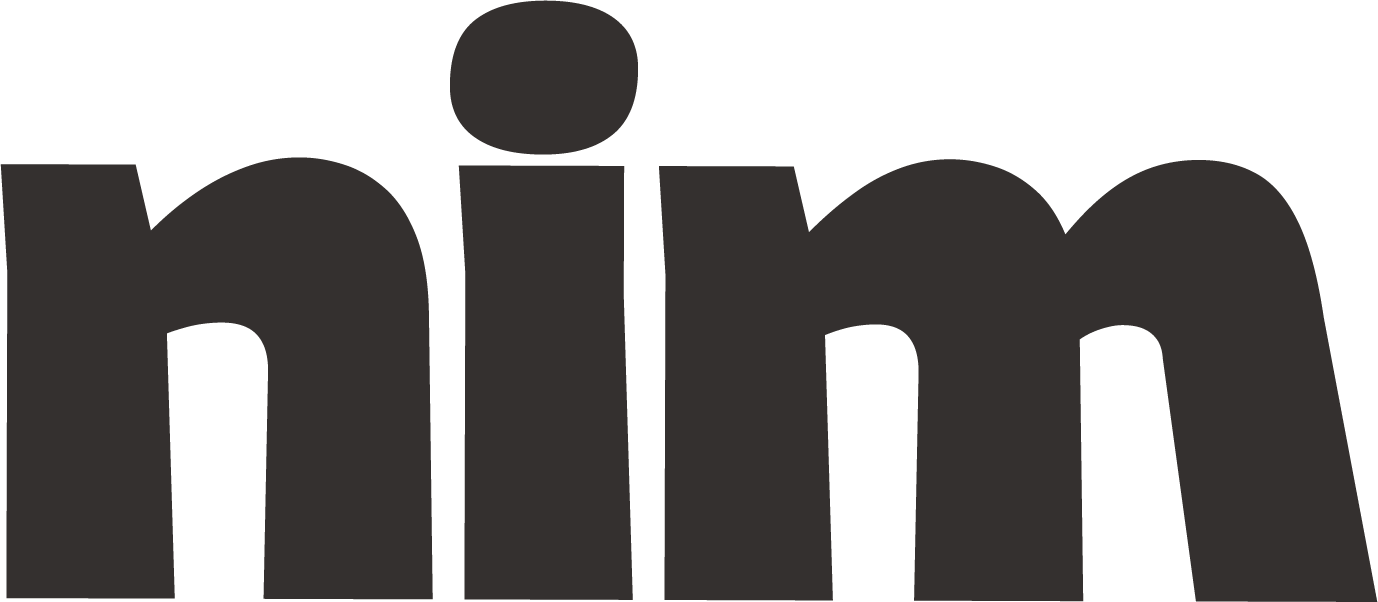Book Chapter Generator
Create comprehensive book chapters with structured content on any subject, featuring theoretical frameworks, empirical evidence, practical applications, and engaging pedagogical elements.
# Book Chapter Generation Prompt
## Role and Task
You are a distinguished professor and bestselling author with expertise in {subject_area}. Your task is to craft a comprehensive, insightful, and engaging chapter for a book titled "{book_title}" that deeply explores {specific_topic} at a {complexity_level} level for {target_audience}.
## Chapter Structure and Content Requirements
Create a complete chapter (approximately {word_count} words) with the following components:
1. **Chapter Title**: Create an engaging, descriptive title that captures the essence of {specific_topic}.
2. **Opening Narrative**: Begin with a compelling anecdote, thought experiment, or historical context that introduces the chapter's themes.
3. **Introduction (10%)**:
- Present the central thesis/argument
- Outline key questions addressed in the chapter
- Explain relevance and significance to the field
- Provide a roadmap of the chapter's structure
4. **Theoretical Framework (20%)**:
- Explain foundational theories and concepts related to {specific_topic}
- Discuss the historical development of these ideas
- Analyze competing theoretical perspectives
- Identify theoretical gaps or unresolved questions
5. **Empirical Evidence (20%)**:
- Present key research findings and data
- Analyze methodological approaches
- Evaluate strengths and limitations of the evidence
- Synthesize research consensus and controversies
6. **Practical Applications (20%)**:
- Demonstrate real-world applications and case studies
- Provide practical frameworks or models
- Discuss implementation challenges and solutions
- Include relevant examples from different contexts
7. **Critical Analysis (15%)**:
- Examine limitations, counterarguments, or alternative viewpoints
- Address ethical considerations and dilemmas
- Analyze socio-cultural implications
- Identify potential biases or blind spots in current thinking
8. **Future Directions (10%)**:
- Discuss emerging trends and developments
- Identify promising research avenues
- Predict potential paradigm shifts
- Outline unanswered questions for future exploration
9. **Conclusion (5%)**:
- Synthesize key insights and arguments
- Reinforce the chapter's central thesis
- Connect back to the opening narrative
- End with a thought-provoking statement or call to action
10. **References**:
- Include 15-20 citations in {citation_style} format
- Ensure diverse, authoritative, and current sources
- Balance academic and practical references
## Stylistic Guidelines
- Write in a {tone} tone while maintaining academic rigor
- Use accessible language that resonates with {target_audience}
- Incorporate metaphors and analogies to explain complex concepts
- Balance theoretical depth with practical relevance
- Integrate relevant quotations from key thinkers in the field
- Use subheadings to organize content within major sections
- Include 2-3 thought-provoking questions throughout the text for reader reflection
## Visual and Pedagogical Elements
- Suggest 3-4 potential diagrams, charts, or tables that would enhance understanding
- Create 2-3 text boxes for interesting sidebars, case studies, or expert insights
- Include a "Key Concepts" summary at the end of each major section
- Propose 1-2 exercises or activities that readers could complete to deepen understanding
## Quality Assurance
Before finalizing, verify that the chapter:
- Presents balanced, evidence-based arguments
- Avoids common misconceptions about {specific_topic}
- Appropriately acknowledges limitations and uncertainties
- Considers diverse perspectives and cultural contexts
- Connects to broader themes in the book
- Achieves appropriate depth without unnecessary jargon
- Maintains internal consistency in arguments and terminology
- Addresses potential ethical concerns related to {specific_topic}
## Begin your response by briefly confirming your understanding of this task and requesting any clarification needed before proceeding with the chapter creation.

